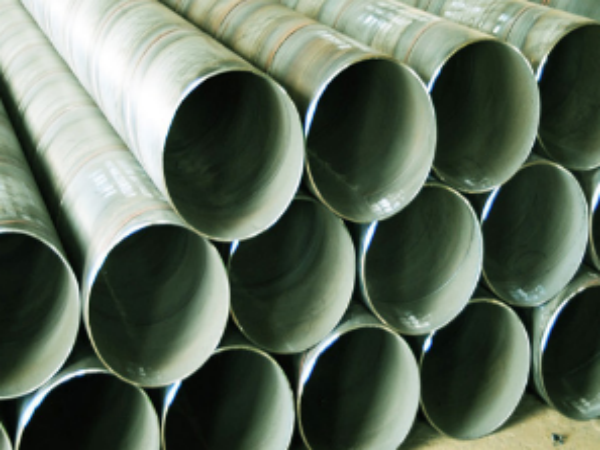Features of thermal insulation
large diameter spiral pipe
Polyurethane foam has good mechanical properties and thermal insulation properties. Usually, it can withstand a temperature of 120°C. The large-diameter spiral pipe can withstand a temperature of 180°C through modification or combination with other insulation materials.
The spiral pipe has strong thermal insulation performance, which can ensure that the temperature of the internal transportation material is not changed by the outside world, and has good cold resistance in winter. The sound insulation performance of the spiral pipe is very good, avoiding the noise of liquid flowing through the pipe during transportation. At the same time, the spiral pipe can be anti-corrosion and does not absorb water, so that the installation position of the pipe is not limited and can be used in various places. The construction of the spiral pipe is simple and fast, with high efficiency and reduced capital cost investment. The spiral tube is used for low heat loss, which can save energy.
According to the calculations of relevant departments, double-pipe heating pipes can generally reduce the project cost by about 25% (using FRP as the protective layer) and 10% (using high-density polyethylene as the protective layer).

Large diameter spiral tube
The thermal conductivity of the spiral pipe is: λ=0.013-0.03kcal/m•h•oC, which is much lower than other commonly used pipeline insulation materials in the past, and the insulation effect is increased by 4~9 times. Furthermore, its water absorption is very low, about 0.2kg/m2. The reason for the low water absorption is that the closed cell rate of polyurethane foam is as high as about 92%. Low thermal conductivity and low water absorption, together with the insulation layer and the high-density polyethylene or FRP protective shell with good waterproof performance on the outside, have changed the situation of "wearing wet cotton jackets" for heating pipes laid in traditional trenches, and greatly reduced the cost of heating pipes. The overall heat loss, the heat loss of the heating network is 2%, which is less than the international standard requirement of 10%.
Insulation large-diameter spiral pipe structure:
(1) Core pipe: a working steel pipe used to transport steam. The material performance, outer diameter, dimensional tolerance, and minimum wall thickness of the core tube comply with relevant national or industry standards, and the surface of the core tube is removed from other pollutants such as rust, grease, and water.
(2) Protective cushion: the interlayer between the core tube and the insulation layer to prevent damage to the inorganic insulation layer due to the displacement of the core tube. When the core pipe adopts spiral welded steel pipe and the inorganic insulation layer is made of hard material, a protective cushion is provided. The protective cushion layer is generally made of aluminum silicate felt, with a density of ≤192kg/m3, a thermal conductivity of ≤0.056w/(m·k) at room temperature, and a shrinkage rate of heating wires of ≤4%.
(3) Organic insulation layer: an insulation layer made of organic insulation materials. It adopts rigid polyurethane foam, density 55-65kg/m3, compressive strength ≥0.2MPa, thermal conductivity ≤0.027w/(m·k), water absorption ≤3%, applicable temperature ≤140℃.
(4) Inorganic insulation layer: an insulation layer made of high temperature resistant inorganic insulation material. The thermal conductivity at room temperature is ≤0.055w (m•k). Microporous calcium silicate (density ≤220kg/m3), magnesium silicate, rock wool (density ≥110kg/m3) can be selected according to different structures. Temperature, compressive strength and other indicators can also meet the relevant requirements.
(5) Outer protective tube: the outer protective layer that protects the insulation layer from groundwater erosion, supports the core tube and can withstand a certain pressure. According to different materials, it is generally divided into steel outer protective tube, high-density polyethylene plastic outer protective tube, glass fiber reinforced plastic outer protective tube, composite outer protective tube, etc. This product generally uses high-density polyethylene (PE) as the outer protection pipe, but in areas with high water levels or abundant surface water, steel outer protection pipes must be used. The material properties and tolerance dimensions of the steel outer protective pipe comply with relevant national or industry standards. The outer surface of the steel pipe is treated by shot blasting and derusting.













 Eastern Steel Manufacturing Co.,Ltd not only improve product production and sales services, but also provide additional value-added services. As long as you need, we can complete your specific needs together.
Eastern Steel Manufacturing Co.,Ltd not only improve product production and sales services, but also provide additional value-added services. As long as you need, we can complete your specific needs together.










